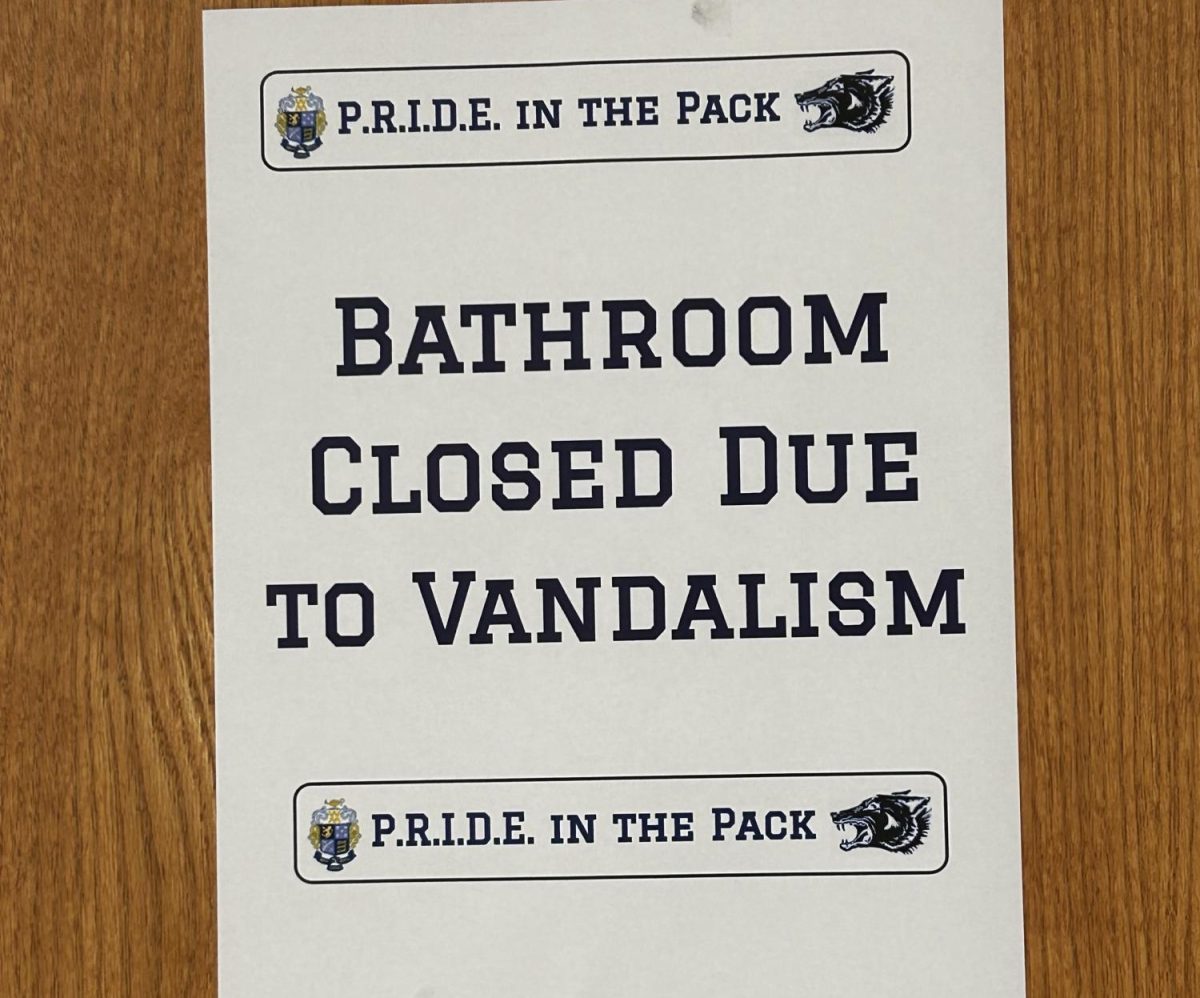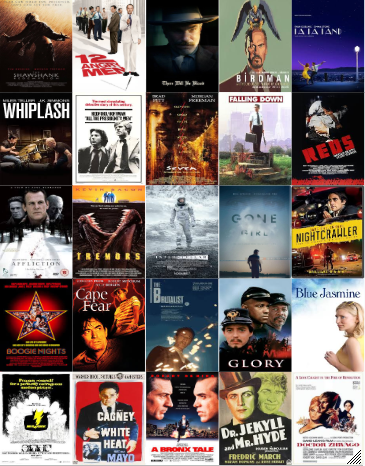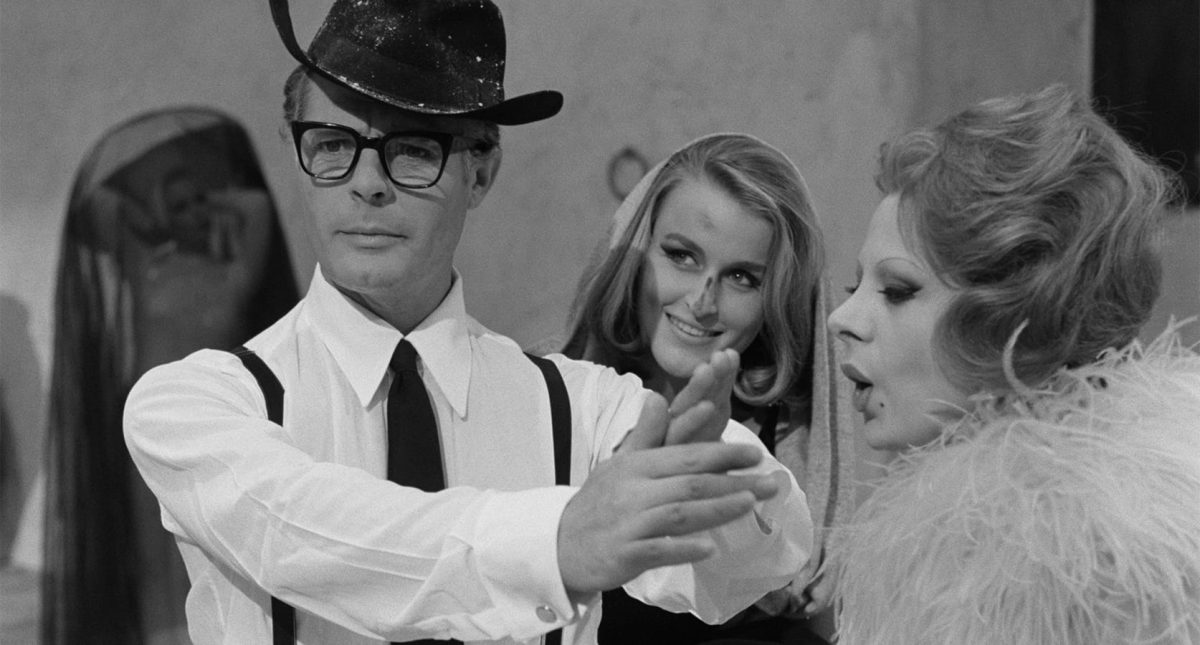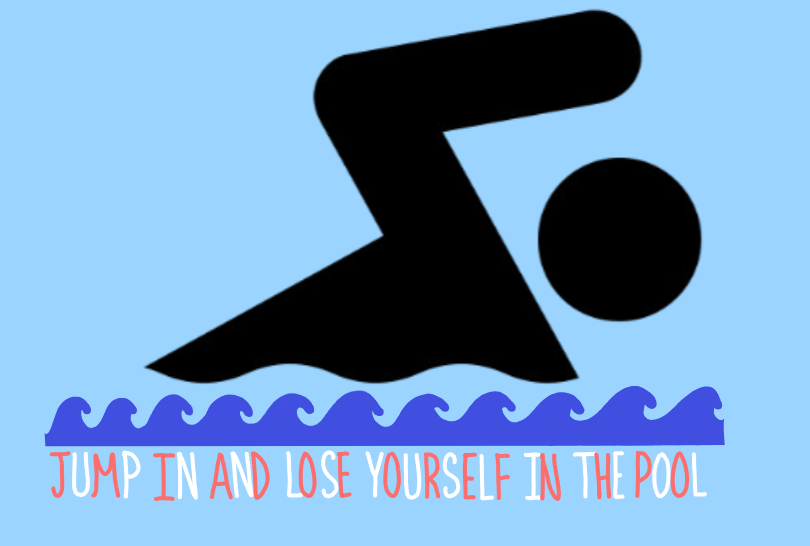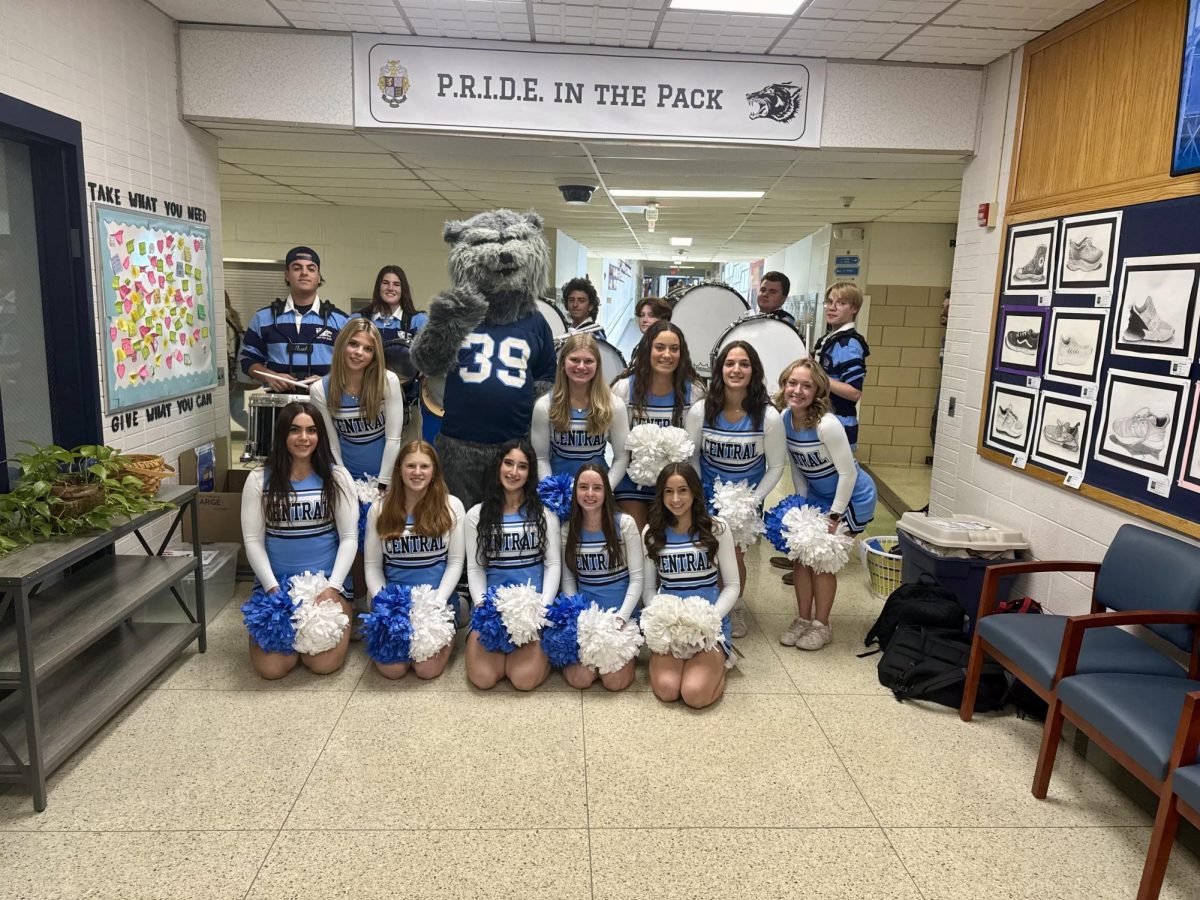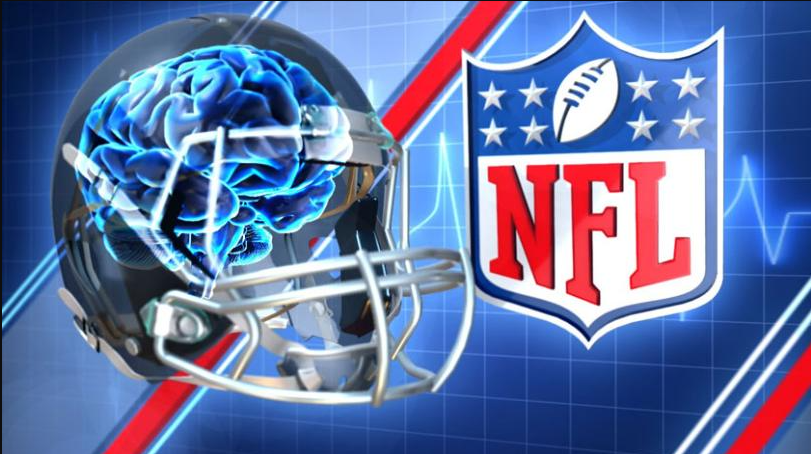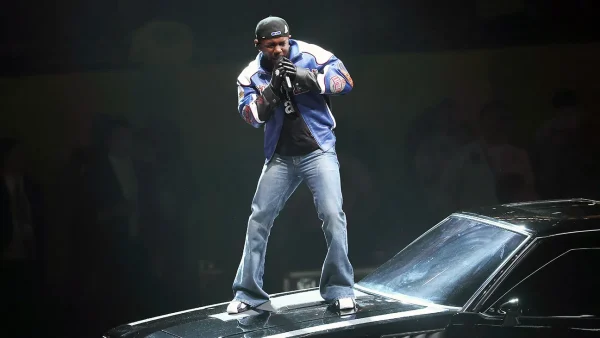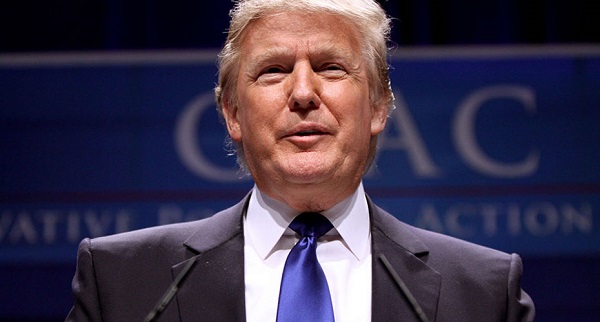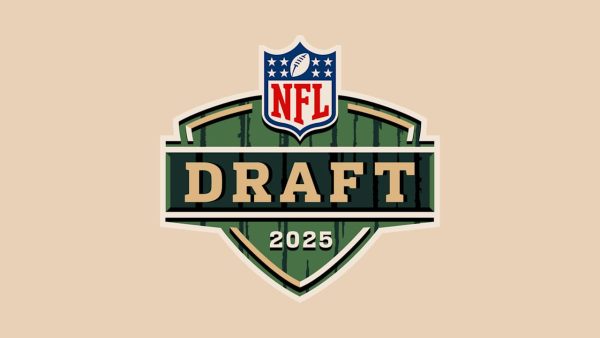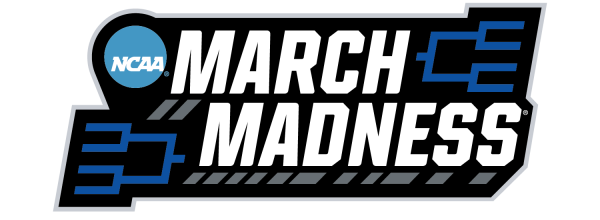Are Athletes Really Being Protected by the NFL Concussion Protocols?
NFL concussion protocols are not what they need to be to ensure the safety of their athletes. (via CBS Sports)
The Mayo Clinic defines a concussion as “a traumatic brain injury that affects your brain function”. Concussions are typically caused by a blow to the head or a shaking of the head and body. In the NFL, there are an average of 232 concussions per season (data from the NFL Injury Reports 2012-2019). To put that in perspective, there are around 48 players on an official NFL roster; with that many concussions you could fill almost 5 full rosters. According to the American Association of Neurological Surgeons in 2018, 51,892 football players were treated for concussions, the second highest sport only to cycling. To ensure athlete safety there are protocols put in place at all levels of competition when a concussion occurs but not all protocols are the same and provide the same amount of care.
The NFL has always been under fire for their concussion protocols and while they have made improvements there have not been many promising results. Since 2015 when the most changes happened, the total number of TBI’s (Traumatic Brain Injury) went up from the previous years. While the NFL claims to update protocol yearly to provide the highest level of care possible, protocols have not been updated since 2018 and there have been new discoveries in recent years surrounding concussions in athletes. The latest information put out in the NFL concussion protocols and return-to-participation protocols. A player will enter into protocols if they show or report symptoms of a concussion or if a team athletic trainer, ATC spotter (certified athletic trainer), team physician, game official, coach, teammate, or a sideline Unaffiliated Nuerotrauma Consultant (UNC) feels the player is showing signs of a concussion. At this point a player will undergo a sideline survey, during which they are asked about their symptoms, asked the Maddocks Questions, a video review of the play occurs and a focused neurological exam is performed. During the sideline survey there are “no-go’s” that immediately rule the athlete out from returning to the game: confusion, gross motor instability, and amnesia. If all of these tests come back normal however the player is free to return to competition.
However, if the player was sent off the field should he really be able to return just after answering a few simple questions? Not all concussions present the same symptoms. Player A may have confusion, dizziness, foggy mind and nausea while player B presents with a headache and mild noise sensitivity, both have a concussion but player B would be sent back out to the field and if he was a star player he would go right back into the game. The NCAA Concussion Safety Protocol Management Template states that once an athlete enters into protocols they are out for that day at least but until the concussion is no longer suspected. They are keeping their athletes out longer to take precautions if their symptoms do not present right away, something that the NFL is not doing.
There are occurrences where symptoms of the concussion don’t start until a day after the injury is suffered so not only is the athlete concussed but has played with that injury putting them more at risk for Second Impact Syndrome. Second Impact Syndrome (SIS) happens when an athlete returns to sport too soon after the initial head trauma. For an athlete to get SIS they do not have to suffer another blow to the head or neck region but rather a minor hit that snaps the head enough for the brain to rebound in the skull. In a high contact sport like football players are getting hit and pushed around all game which could result in SIS. SIS inhibits the brain’s ability to regulate the amount of blood in it leading to swelling and brainstem herniation which then leads to death (Second Impact Syndrome). From a young age athletes are told to “suck it up” or “play through it” this gets ingrained in their minds so when they have a headache they will take Ibuprofen and go to practice not giving it a second thought and this carries on through their athletic careers. Athletes being wired to think like this wouldn’t lead them to tell their coaches that they don’t think it is safe for them to play just yet. It can’t be left to the athlete to make that decision, they have to be forced to do that.
If any of the tests run on the sidelines pose any doubt on the athlete’s condition they are brought to the locker room where more tests occur. A team physician, UNC or ATC will use the Standardized Concussion Assessment Tool but if all comes back normal the player is allowed to come back to the game. They already have failed tests to have to go to the locker room but now they are allowed to come back and play. However if an athlete does again fail these he enters a five step return to play protocol. On average NFL players are out of 6 days or fewer from their day of diagnosis. The NFL plays their games mostly on Sundays with a few on Monday and Thursday allowing for players to return for their next game. The protocol seems to be designed to get players back into their season even if it is rushed.
I understand that playing in the NFL is a livelihood that this is how these men make a living to support themselves and/or their families but is it worth risking permanent brain damage? But as we know in all aspects of life money drives people. Why would an organization keep a player out longer for his safety if he could play, win them the game and ultimately make them more money? Take Patrick Mahomes, against the Browns he suffered a head injury that took him out of the game. Mahomes was dizzy and stumbling off the field very clearly had sustained some sort of head trauma but we saw him back that next week against the Bills in the AFC championship game. If the Chiefs had played that game without Mahomes, while it cannot be said for certain, there is a very good chance that they would not have won that game. Without a win in the AFC Championship they wouldn’t have made it to the Superbowl. Players on the winning team in the Super Bowl get a $211,000 bonus and even those on the losing side get a bonus of $62,000. Being the Super Bowl and winning it builds a good reputation for you as a player but also your coaching staff, front office and franchise as a whole.
The precautions and protocols that the NFL has in place are not putting the health and safety of their athletes at the forefront which can cause long term damage.

Lizzie is a senior and in her third and final year writing for The Paw. Lizzie loves all things sports: watching them, playing them and especially writing...



















